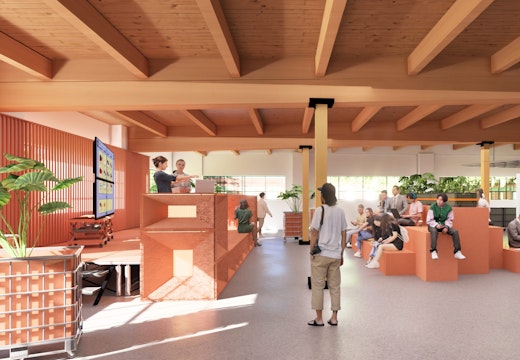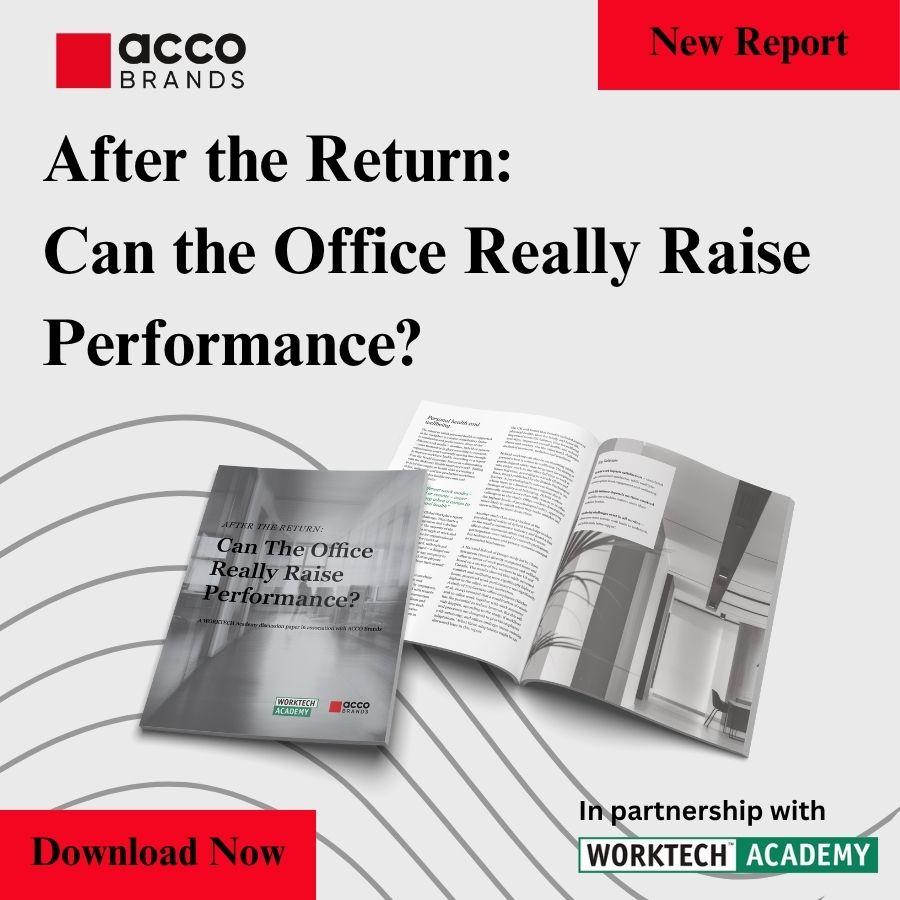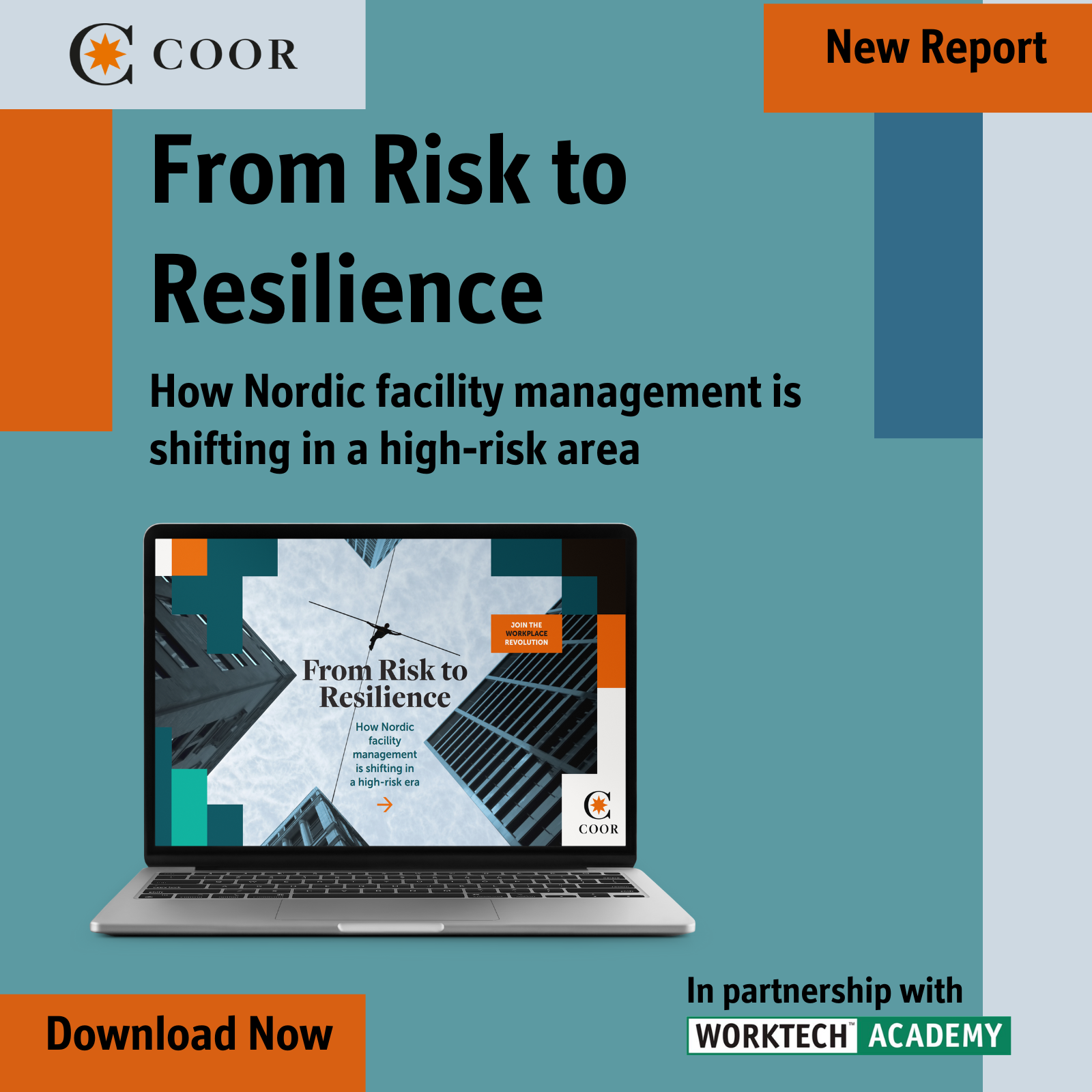As business and political scenarios shift, what’s next for New York City?
New York is halfway through a decade of reinvention. As the city’s commercial identity shifts, a team of local experts look at the options for radical reinvention or incremental change
In 2020, the commercial real estate industry faced a pivotal moment of transformation as cities across the US underwent rapid change. As local populations dispersed to surrounding suburban and rural areas, shifting lifestyles and standards gave way to fresh expectations around how, when and where people worked and connected.
Since that historic shift, American cities have followed dramatically different trajectories. In the Southeast, where white-collar workers generally report coming into the office three to five times a week, urban centres have largely regained their pre-2020 population levels, and office buildings have bounced back to match.
Nashville, which has one of the fastest-growing tech industries in the nation, is the first American city to have reached net-positive population growth since the onset of the pandemic.
Struggling to recover
However, other cities, like San Francisco and San Jose, have struggled to recover, despite various public and private efforts to generate renewed interest to attract employees back into the office. With a population of about 809,000 people, San Francisco is still around seven per cent less populous than it was at its peak in 2019. Meanwhile, office buildings in Silicon Valley remain grievously underoccupied – the region’s office vacancy rate of 22.5 per cent is approximately twice what it was in 2019.
New York City falls somewhere in between these two extremes. While office vacancy rates still have not reached the pre-pandemic average of 7.6 per cent, the commercial real estate sector is continuing its gradual recovery each quarter. Office leasing activity and visit rates are similarly on upward trends, but they still have a long way to go before they reach pre-pandemic levels.
Based on conversations with three industry experts based in New York, workplace consultancy firm PLASTARC explored the trends and initiatives that are helping usher in a new era for New York’s commercial real estate; we asked whether the overall objective should be a full recovery, or a broader paradigm shift that reflects new ways of working.
A city in transition
The pandemic is not the first time in recent history that New York has faced the challenge of rebuilding after a major crisis. It took a decade after 9/11 for the city’s culture and economy to not only rebound, but to evolve into a new phase of growth. Now, similar parallels can be drawn. New York’s commercial real estate sector will similarly reinvent itself by 2030; at the five-year mark post-pandemic, the city appears to be at the halfway point of that transformation.
Based on a conversation with Charlie Miller, Principal at M5 Advisors, it’s clear that we’ve now come out of the chaos of Covid – both the public health crisis and the broader disarray – but we still haven’t clearly articulated, either at the city level or within individual organisations, why campuses exist, why people should return to the office, and what the value of being centrally located in a city really is compared to more distributed models. As the next chapter of recovery unfolds over the next five years, a redefined and revitalised urban identity will emerge for New York.
More optimistic picture
Kevin Kelly, Vice Chairman at JLL, paints a more optimistic perspective on the city’s future, especially when it comes to the tech sector and its implications for commercial real estate. ‘If you track graduates from the top 20 computer science programmes and where they’re heading after university, New York has seen a 5.5 per cent increase in the past 24 months, compared to 1.2 per cent in Austin and just 0.8 per cent in the Bay Area,’ he explained. In response, companies are investing heavily to attract top talent to their New York offices, sparing no expense when it comes to compensation or workspace quality.
Kelly also pointed to residential conversions of commercial buildings as a key strategy to ensure the city can accommodate this influx of skilled professionals. ‘I think we’re going to see a flood of smart people continuing to move here,’ he said, ‘as long as we can keep the housing supply flexible and the overall cost of living within reason.’
Policies driving transformation
In 2018 PLASTARC reported and presented at the WORKTECH New York conference’s tenth anniversary. The presentation explored the ways in which New York’s Active Design Guidelines, introduced in 2010, had helped urban designers and architects create spaces that promote more physical activity amongst New Yorkers.
Today, New York’s public outdoor spaces, many of which are privately owned, continue to exemplify this design philosophy. New York encourages the creation of Privately Owned Public Spaces (POPS) through various municipal incentives, such as increased maximum heights for buildings that contain public atriums. Other recently renovated city-owned spaces, such as The High Line and Times Square, encourage pedestrians and bikers to take full advantage of the city’s newly converted infrastructure.
‘Urban designers are creating spaces that promote more physical activity amongst New Yorkers’
Sara Karerat, Managing Director at Center for Active Design, has helped publicly advocate for many of these changes. Her organisation’s Fitwel certification program promotes designs that encourage greater physical activity and foster better health outcomes amongst occupants.
Karerat emphasises how local zoning initiatives such as the City of Yes for Housing Opportunity are encouraging creative use of existing spaces by loosening restrictive zoning regulations. She’s particularly enthusiastic about conversions of underused office spaces to housing, which is now a much simpler process thanks to the City of Yes initiative – the city estimates that this single initiative could lead to 80,000 newly built housing units within the next 15 years.
The next major step, she suggested, is in encouraging funding for these conversions: ‘How can funding efforts accelerate that ongoing shift?’ she asked, ‘And how can we rethink the ways in which our neighbourhoods are designed across the city so there’s no longer a segregation between work and home? That’s just not our reality anymore.’
Karerat explained how the Inflation Reduction Act of 2022 has encouraged sustainable design by distributing millions of dollars to New York-based companies that specialise in urban retrofitting and residential conversion. ‘I anticipate there will continue to be improvements when it comes to retrofitting homes and implementing clean energy solutions. There are several partners in the space that have the necessary funding, will, and interest. Over the past five years especially, we’ve seen a huge growth in New York’s sustainability sector.’
What’s next for New York City?
Although public transportation is one of New York’s greatest strengths, it still has plenty of room for improvement. Ongoing infrastructural improvements, such as enhancements to bike lanes along Second Avenue and a new subway line slated to directly connect Brooklyn and Queens, will continue to make New York more navigable.
Karerat and Miller both noted that the newly-introduced congestion pricing program – assuming it surmounts various legal challenges – is going to be a major resource for the city as it strives to fund planned improvements to public transportation. All of this will accommodate a workforce that has become more distributed across New York’s five boroughs and the surrounding suburbs.
But public transportation isn’t necessarily the only factor that determines where people work. What matters most could be where workers are already choosing to live. ‘We spent the first year of the pandemic thinking we didn’t need office space, then we spent the next two years talking about how you had to be on top of public transportation in Grand Central or Penn Station,’ said Kevin Kelly. ‘But I think we’re going to enter a new phase where none of that is important, because the talent base that wants to be in the office is going to become more and more urban centric.’
Much of that influx of talent, Kelly suggested, is concentrated in Brooklyn: ‘Brooklyn permits exceed Manhattan permits in terms of new construction. So, as development continues to move to Brooklyn, I think our strike zone is going to move again in terms of where companies want to locate as they set up for this new workforce.’
New projects on the horizon
On of the most notable new developments emerging in the city is located on Governors Island, a 172-acre island with no full-time residents. New York City and Stony Brook University are collaboratively developing a climate campus that will serve as a local hub for climate research.
Another development in Gowanus, Bond Street exemplifies the kind of rapid development that’s taking place throughout Brooklyn – what was once a gritty, construction-laden thoroughfare is now a resurgent centre of commerce, dotted with new retail businesses and luxury rental buildings. Throughout New York, and especially in Brooklyn, various neighbourhoods are primed for the same kind of cultural and economic renaissance.
Karerat added that ‘The development I’ve been most excited about is the East Side Coastal Resiliency project,’ which is currently renovating two miles of post-industrial shoreline into a series of parks, recreation centres, and entertainment spaces that are specifically designed to protect Manhattan from effects of climate change, including storm damage and sea level rise. ‘We’ve seen so much success with the West Side Highway, and now the city is replicating that and seeing how it can create a greater sense of connection on Manhattan’s East side.’
With each passing year, the borough’s network of walkable greenways is becoming even more robust and expansive.
Much of PLASTARC’s consultation work is rooted at the intersection of sustainability, community-building, and personal health. An exciting project that encapsulates this is + POOL. Currently in development, + POOL is a water-filtering floating swimming pool that will be based in the Hudson River. While residents enjoy the filtered river water in the pool, the + POOL – named so because it’s designed in the shape of a plus symbol – will continuously deposit the filtered water back into the river. The pool will host free swimming and environmental lessons for the public, and it will be split into four quadrants, each with its own purpose: a children’s pool, a sports pool, a lap pool, and a lounge pool.
What kind of city will NYC become?
Having almost fully recovered from the shockwaves of 2020, New York City still has much room for growth as it reaches for the next stage in its economic and cultural evolution. The impacts of remote and hybrid work are still far-reaching, but we’ve yet to settle on a new, sustainable normal – how long will the citywide return-to-office trends continue, and what will the city’s new equilibrium look like?
In a conversation with Max Oglesbee, Principal at Monstarlab, he expressed concern that some of New York’s most iconic cultural institutions are under financial duress due to political and demographic shifts. In the past two years, for instance, the Metropolitan Opera has had to fend with decreased attendance by making drastic budget and programming cuts to stay afloat.
Meanwhile, hundreds of millions of higher education funding have already been cut by the federal government, with the additional threat of more cuts to come. Such drastic funding cuts could threaten many of the research and cultural initiatives coming out of those schools.
‘There are political concerns over New York’s status as a mecca for culture and innovation’
Oglesbee also pointed out that the influence of federal and international politics over New York’s social fabric may not always be so direct. What impacts, he asked, will our country’s shifting relationships with allies have on the USA’s international ‘brand,’ which is exemplified by New York City’s status as a major cultural hub and cherished destination?
While many of the city’s demographic trends offer us reason to be hopeful, Oglesbee’s concerns about New York’s status as a mecca for the most cultured and innovative talents merits consideration.
These questions will go a long way toward determining what the future of office real estate looks like in New York, and how companies will strive to attract top talent, both locally and nationally.
Read about how New York and other global cities are faring five years on from the pandemic in WORKTECH Academy’s latest Trend Report entitled: ‘Wish You Were Here: Eight world cities shaping the future of work’.
Our quarterly Trend Reports are prepared exclusively for members and partners of WORKTECH Academy. Join the Academy here.
The WORKTECH New York 2025 conference will take place on 6 October 2025 at BlackRock.








